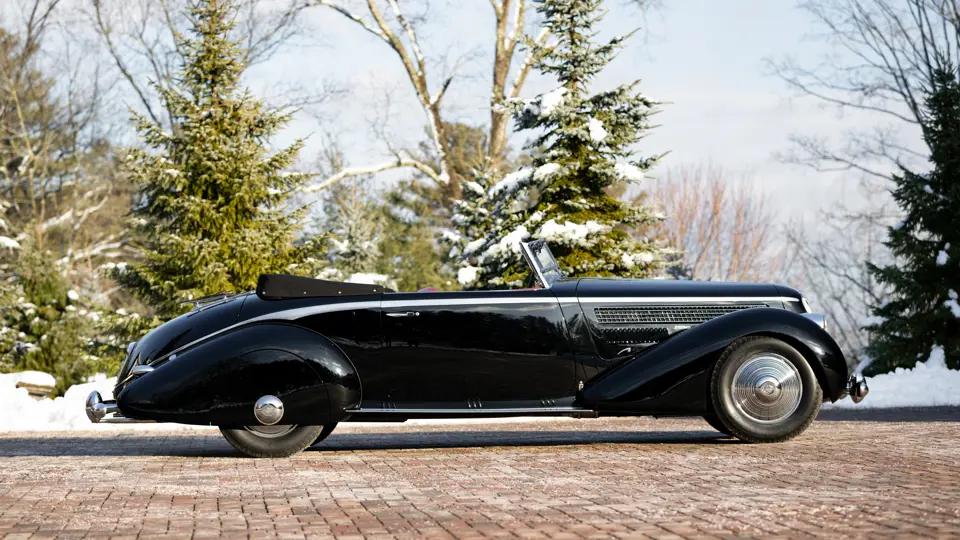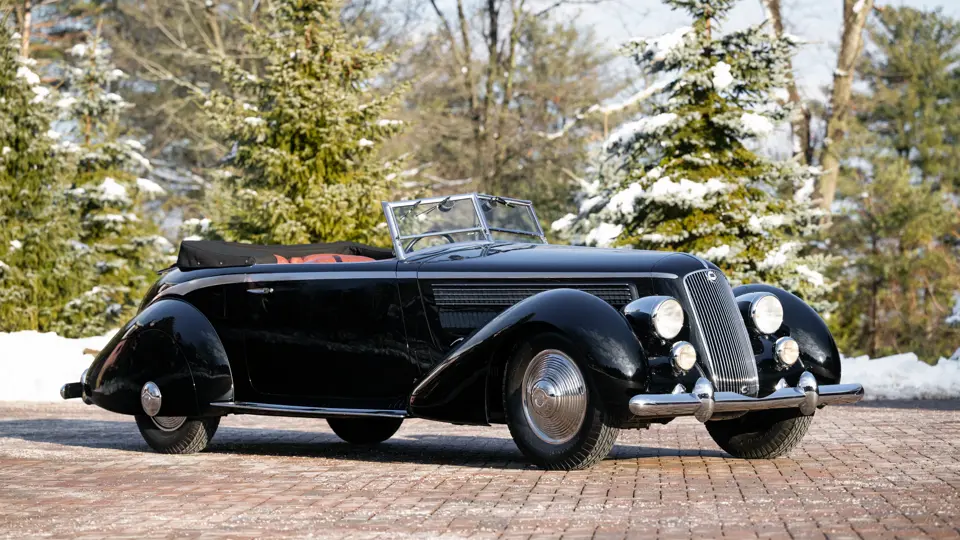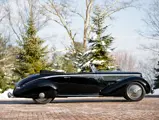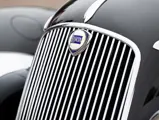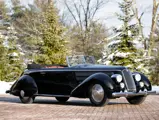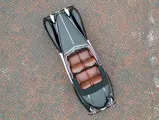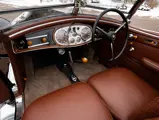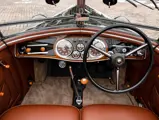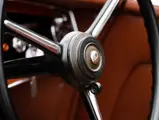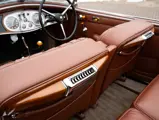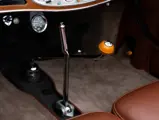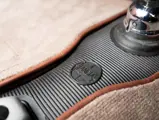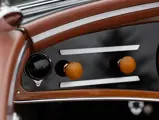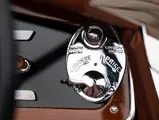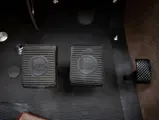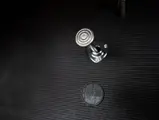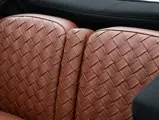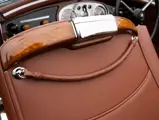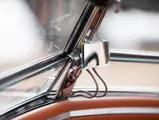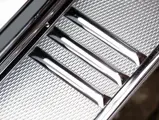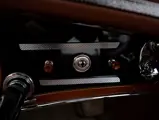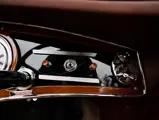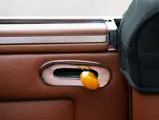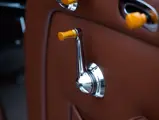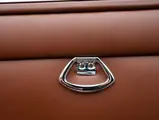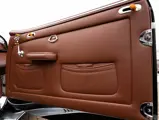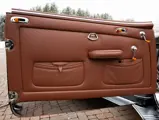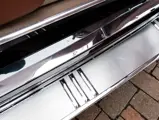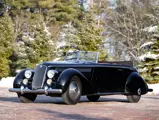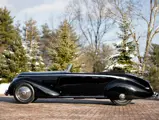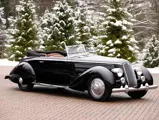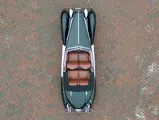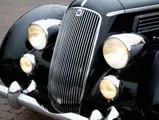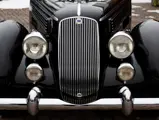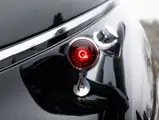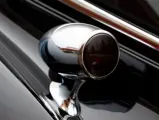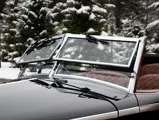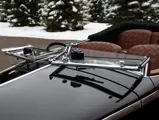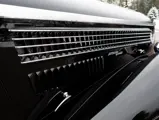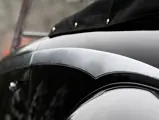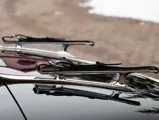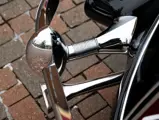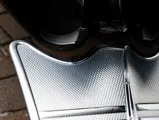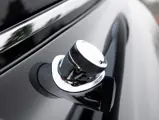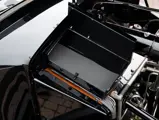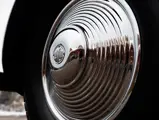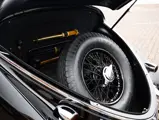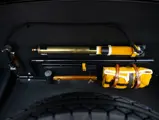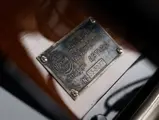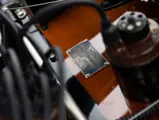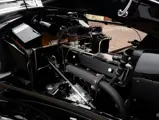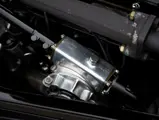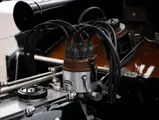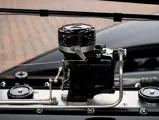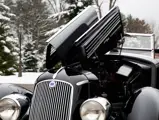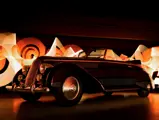
1936 Lancia Astura Cabriolet Series III 'Tipo Bocca' by Pinin Farina
{{lr.item.text}}
$2,205,000 USD | Sold
{{bidding.lot.reserveStatusFormatted}}
- Believed to be one of just six examples built; exhibited at the 1936 Olympia Motor Show
- Best of Show at the 2016 Pebble Beach Concours d’Elegance
- Previously owned by legendary guitarist Eric Clapton
- Coachwork restored by Pininfarina in 1965; further benefits from painstaking six-year restoration by a marque specialist completed in 2016
- Over $100,000 invested by the current owner to further fine-tune the restoration
- Offered with Pebble Beach trophies, owner’s manuals, and tool kit
- Documented with vehicle history, magazine articles, period correspondence from Pininfarina, period photos, and maintenance invoices
- Beautifully presented example of an extremely rare coachbuilt pre-war Lancia
COMMISSIONING A SPECIAL ASTURA
The Pebble Beach Concours d’Elegance, generally conceded to be the world’s most prestigious judged car exhibition, has been staged 71 times, suggesting that there are only 71 cars in the world that have nabbed the event’s coveted Best of Show award. In most cases, these cars are tightly cosseted within top-shelf collections, some of them rarely surfacing for public viewing. It is a fairly unusual occurrence for one to become publicly available, but the featured Lancia affords precisely that opportunity.
At the 1931 Paris Salon, Lancia unveiled a new two-model line-up led by the single-overhead-cam V-8 powered Astura, which was the successor to the outgoing Lambda model. The Astura was built in four series through 1939, the third of which was offered in two different wheelbase lengths and introduced a more highly developed engine with an increased displacement of nearly three liters. The model continued Lancia’s well-earned reputation for advanced engineering, featuring independent front suspension and exceptional steering capabilities.
But if one criticism might be leveled at the Astura, it was that the factory coachwork was too conservative, reflecting the restrained tastes of founder Vincenzo Lancia. By the mid-1930s, the new movements in streamlining and Art Deco styling were beginning to take hold with well-heeled European customers, and some Lancia dealers aspired for more dynamic packaging for what was a remarkably capable chassis. This was particularly true of the three Bocca brothers, who managed Lancia sales concerns in Vercelli, Biella, and Novara. As fellow Piedmont natives, the brothers were able to persuade Vincenzo Lancia to accept a special commission for a small number of coachbuilt cars to be built upon the third-series type 233C Astura chassis. Their selection of coachbuilder was the young Battista “Pinin” Farina, who had struck out on his own in 1930 after exiting his brother’s more established Stabilimenti Farina.
It is believed that no more than six of these cars were built, each varying in minor details, making each one a virtual one-off. Featuring details like curved side windows, detailed body moldings, three-position split/dual fold-down windscreens, and a hydraulically actuated reclining top, the Tipo Boccas were well regarded by the contemporary concours crowd, reportedly drawing awards at the 1937 San Remo Concours d’Elegance.
PROVENANCE OF A PEBBLE BEACH WINNER
In addition to its unique build story, this exquisite Lancia benefits from former celebrity ownership and an intensive six-year restoration that resulted in what is arguably the collector car niche’s top honor, Best of Show at the Pebble Beach Concours d’Elegance. According to the reporting of respected automotive writer David Burgess-Wise, chassis number 33-3277 was distributed to Lancia England and displayed at the Olympia Motor Show in October 1936. Following the exhibition, it was sold to a local British enthusiast with the registration DLM 727.
While the Astura’s activity over the following 26 years is currently unknown, in 1962 the cabriolet was discovered in a nearly abandoned state on a private estate in Oatlands Village by Ronald “Steady” Barker, a well-known motoring enthusiast and writer who was an assistant editor for the respected Autocar magazine. Steady’s friend Michael Scott was in the market for a Lancia wheel for the car that Steady had recently sold him, but when they went to inspect the Tipo Bocca, they realized the cabriolet had far more potential than mere service as a donor car.
Mr. Scott purchased the Astura with thoughts of a restoration, but it wasn’t until Steady attended the Turin Motor Show a year or two later that the project galvanized. While at the Turin exhibition, Barker struck up a conversation with Battista Farina, himself, showing Pinin photographs of the newly acquired Astura. The coachbuilder recognized his early work, and in a tide of nostalgia he offered to perform a restoration of the unusual body if the car could be mechanically restored.
With this impetus, Scott spearheaded a restoration that included a full engine rebuild by Louis Giron of Bowman’s Garage in Weybridge. Upon completion of the mechanical work, the two friends drove the Astura to Turin for delivery to Pininfarina, and the coachbuilder’s team painstakingly refurbished the body as needed, eventually completing the restoration in June 1965 (as reflected by a period letter from Pininfarina to Mr. Scott, a copy of which is on file).
Scott retained possession of the unusual Astura for another 11 years before a divorce forced him to sell the car. He found a buyer in one of the music world’s most famous guitar players, the legendary Eric Clapton (a copy of a check with Clapton’s signature is included among the documentation). The former Cream and Yardbirds guitarist kept the Astura into the 1980s before selling it, after which the car was acquired by Pininfarina for the coachbuilder’s in-house collection.
In 2009 Richard Mattei of Paradise Valley, Arizona, purchased the Lancia, and he soon embarked on a no-cost-spared six-year restoration, retaining Jim Stokes Workshop Ltd. in Waterlooville, Hampshire, UK, to completely restore the engine, mechanical components, and the coachwork, while Ken Dickson of Kinetic Design was tasked with retrimming the interior, including the intricate diamond-shaped basket-weave of cognac leather in the period Italian pattern known as intrecciato.
On the heels of this exacting work, the Tipo Bocca was presented at the 2016 Pebble Beach Concours d’Elegance, where it not only won its class and the prestigious Gwenn Graham Most Elegant Convertible Award, but ultimately garnered the coveted Best of Show trophy. Constituting the first-ever Pebble Beach win for a Lancia, the award was the subject of much coverage in the automotive press, including articles by Road & Track, Octane, The Old Motor, and Automobile magazine.
In March 2017 the Lancia was acquired by the consignor, and he returned the cabriolet to Jim Stokes for an additional two years of fine-tuning, exceeding $100,000 of further investment, as reflected by invoices and correspondence on file. This refinement represents the improvement of a car that already captured the Pebble Beach judges’ favor.
Accompanied by owner’s manuals and a tool kit, this sensational rare Lancia abounds in fascinating design details, from the tapered boat tail and engraved side moldings to the inlaid wood cabin trim and intrecciato upholstery design. It is notable that the car is built upon the long-wheelbase chassis, which features more elegant lines and proportions than the shorter cars, in addition to a smoother ride quality.
Pebble Beach winners with celebrity provenance do not often come to market; this splendid Astura presents an unusual opportunity for discerning collectors to acquire one of the most unique and accomplished prewar Lancias ever built.




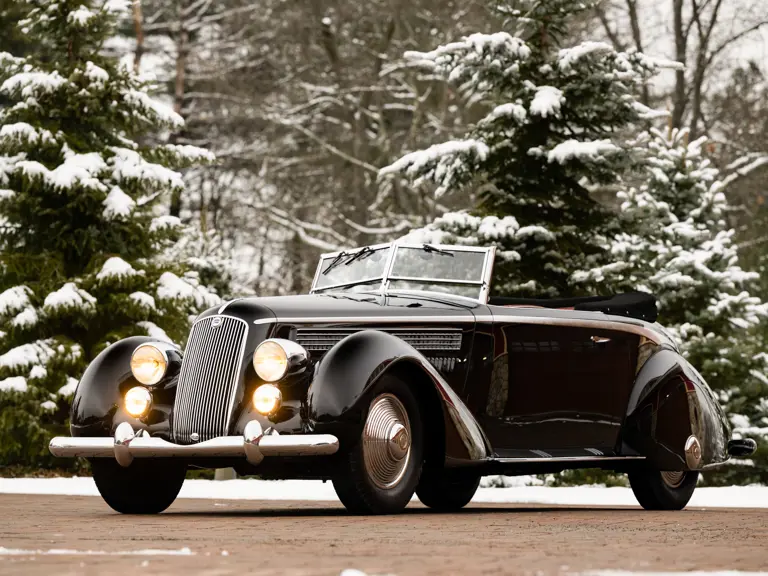
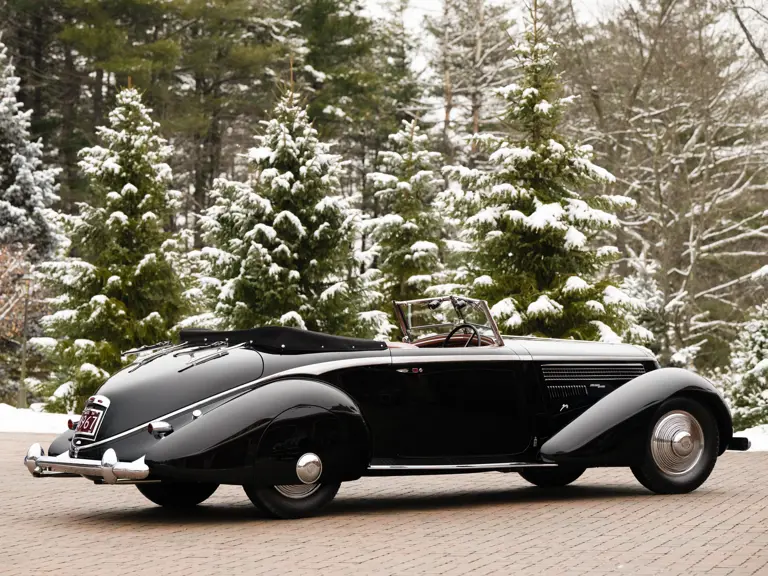
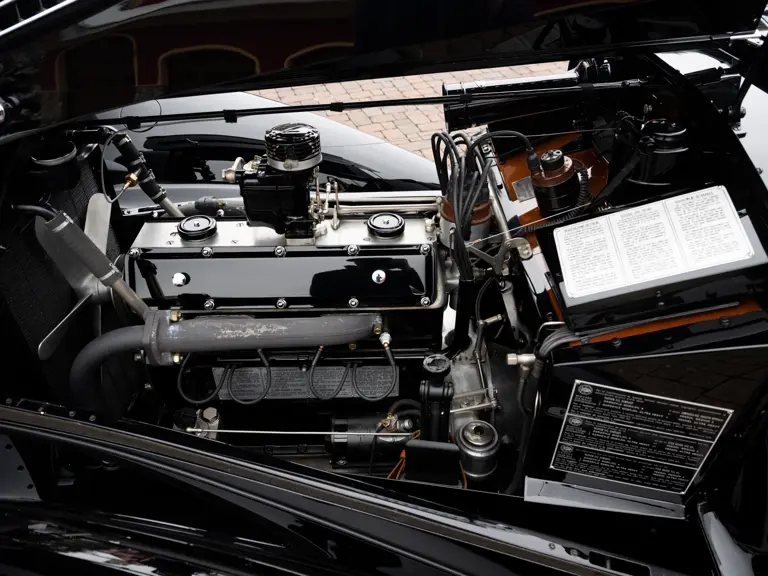


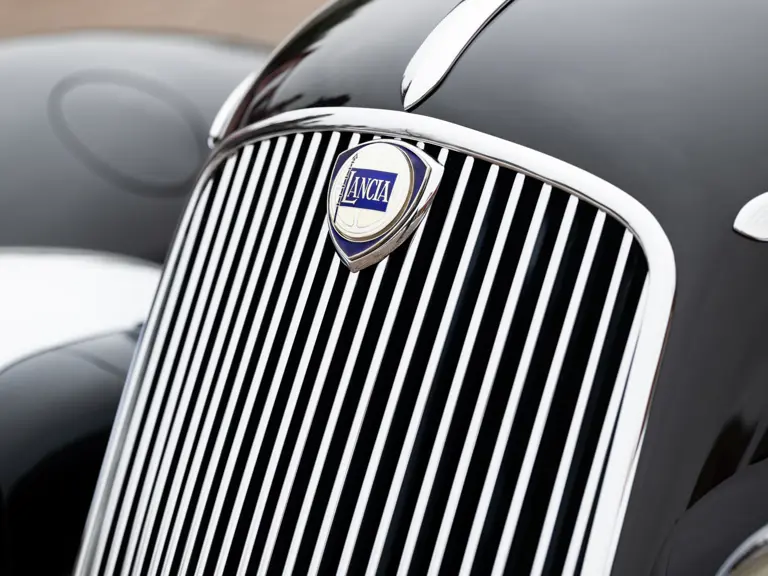
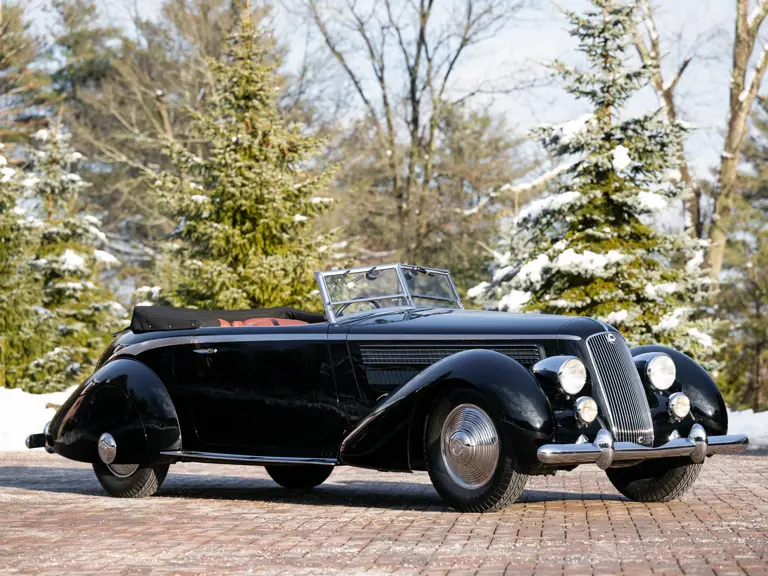
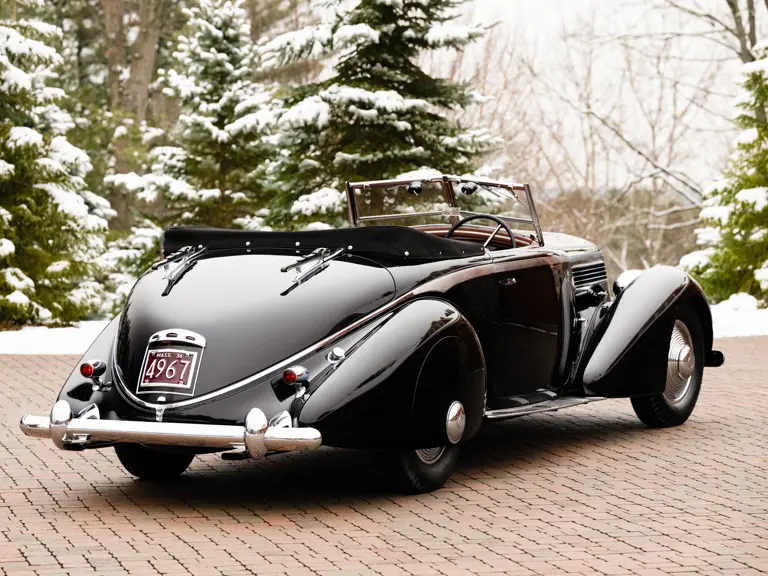
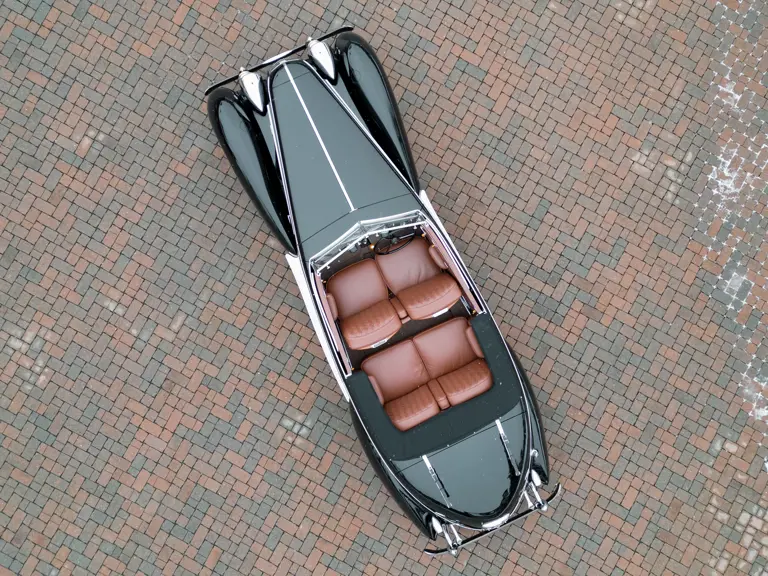
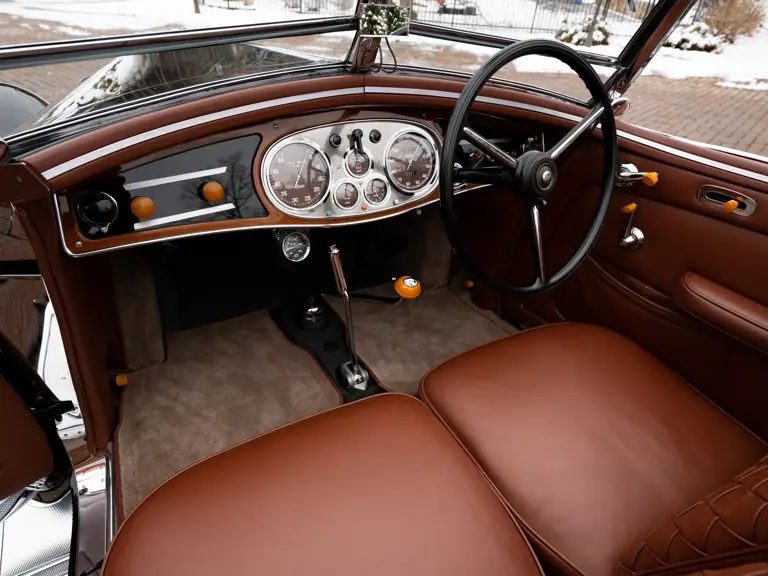
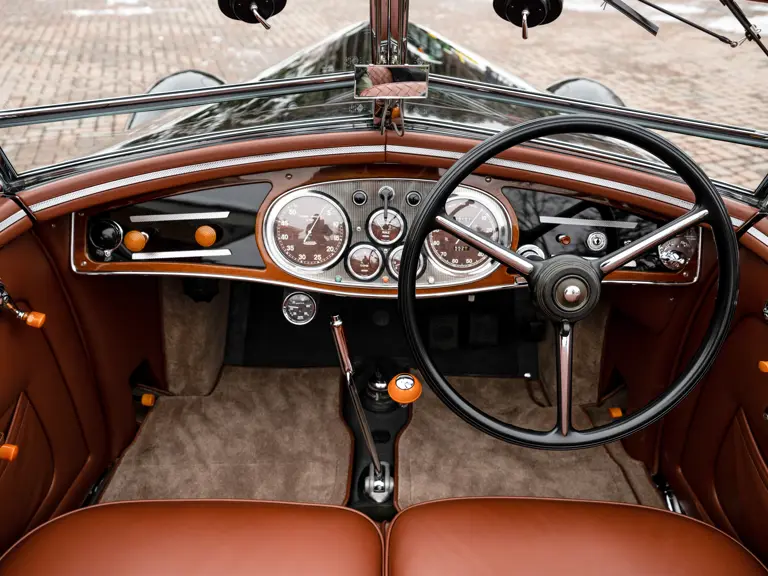
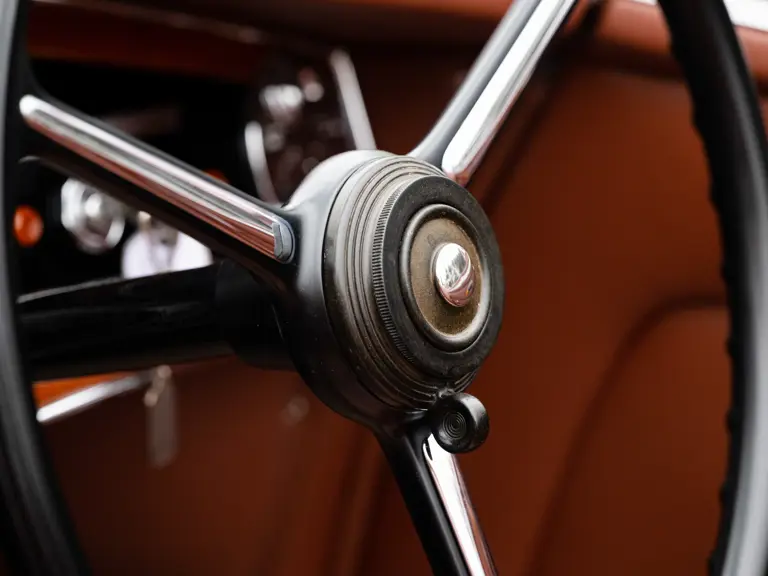
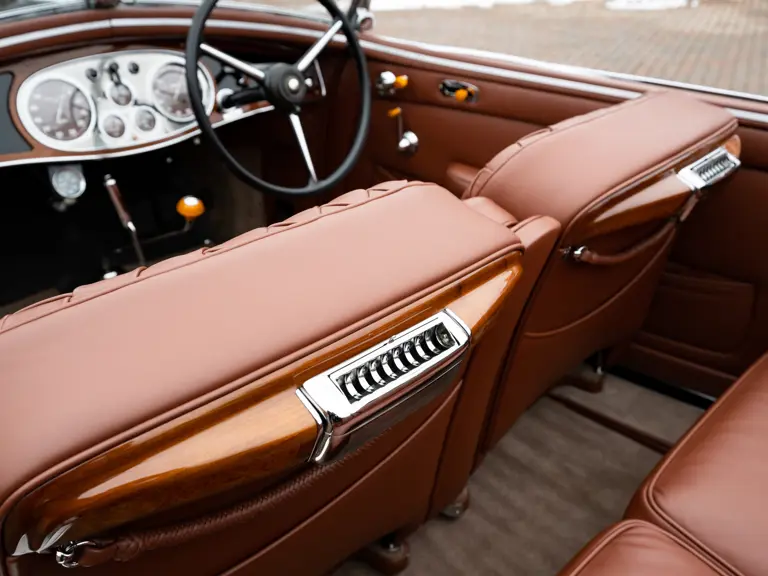
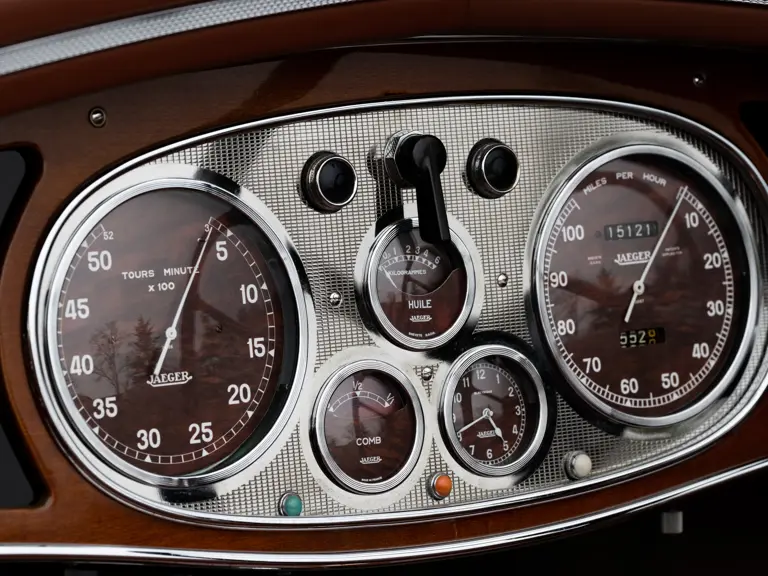
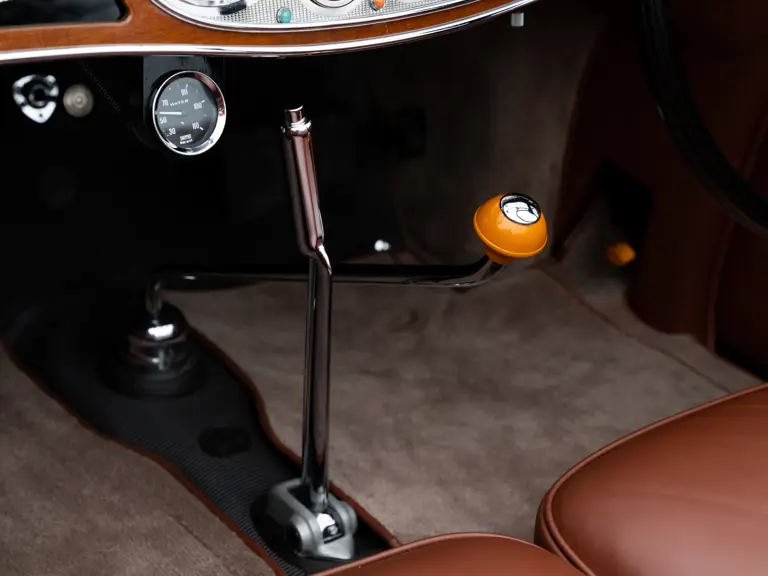
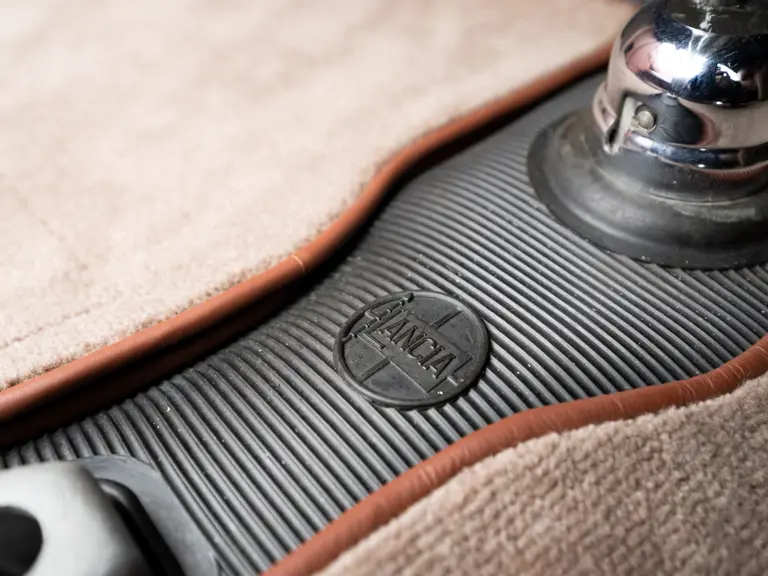
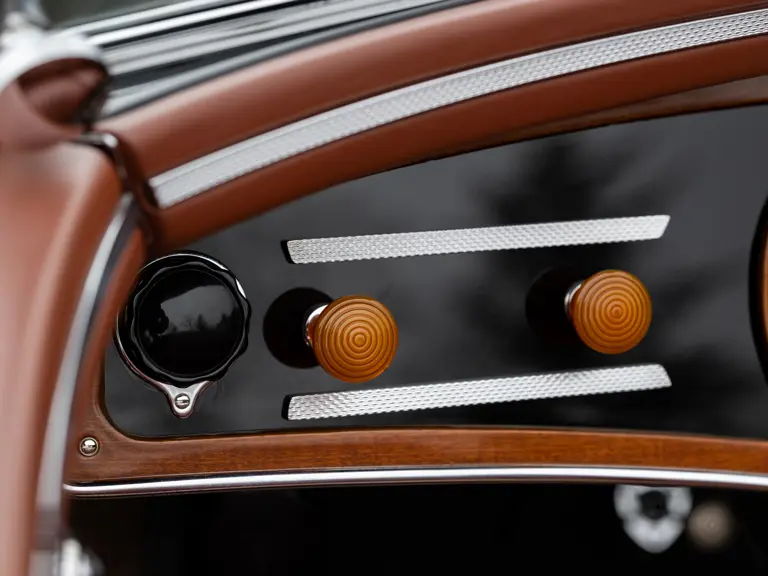
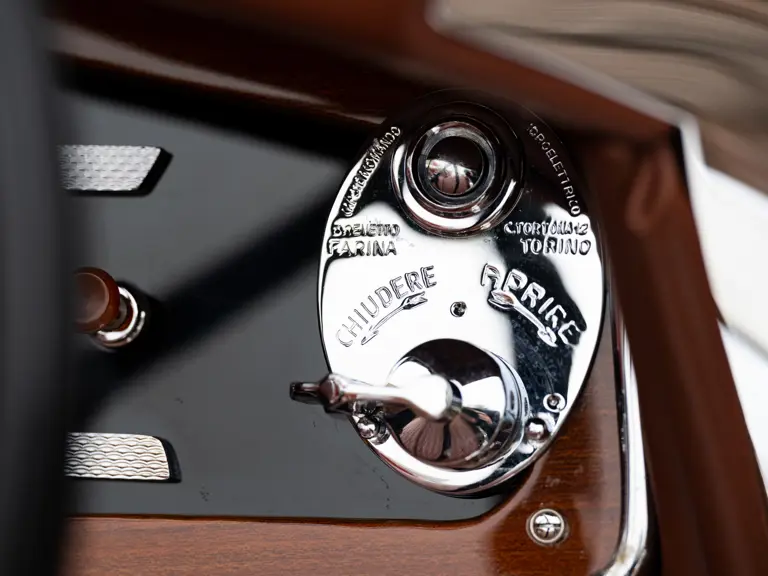
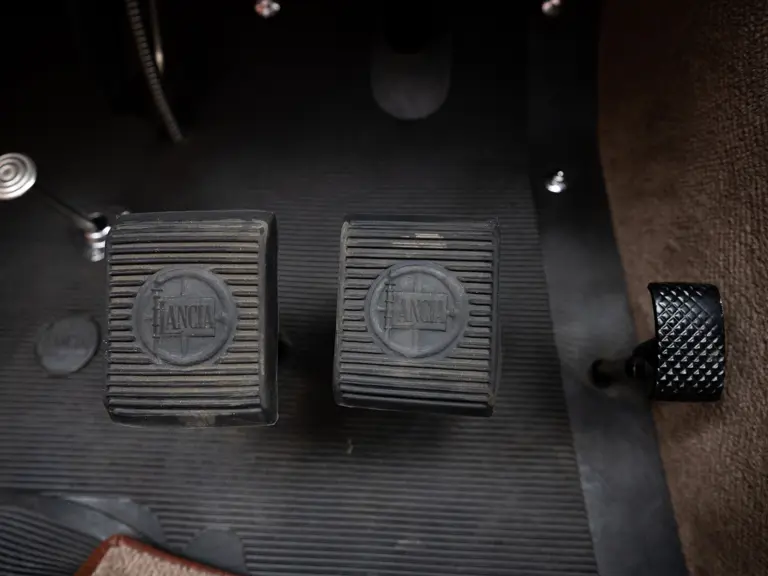
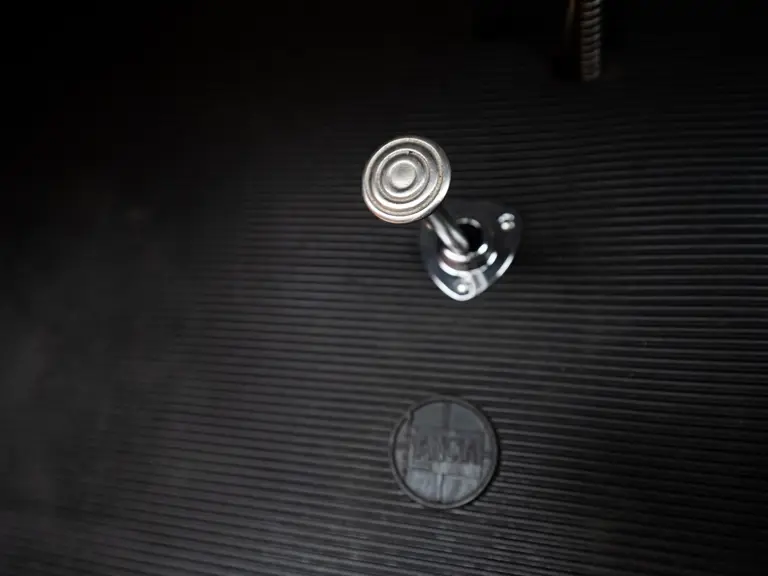
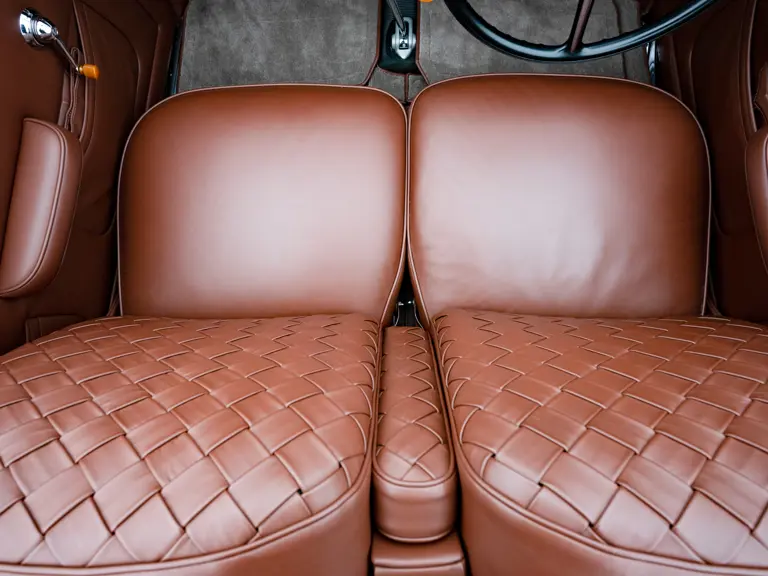
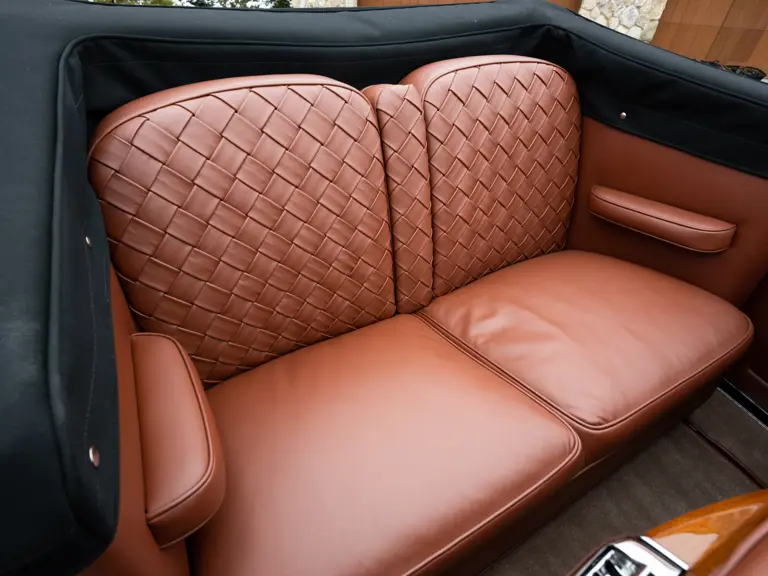
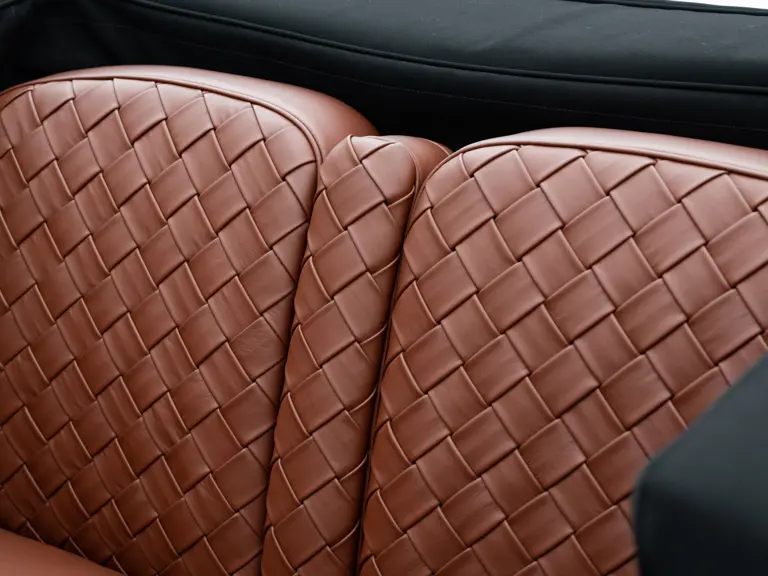
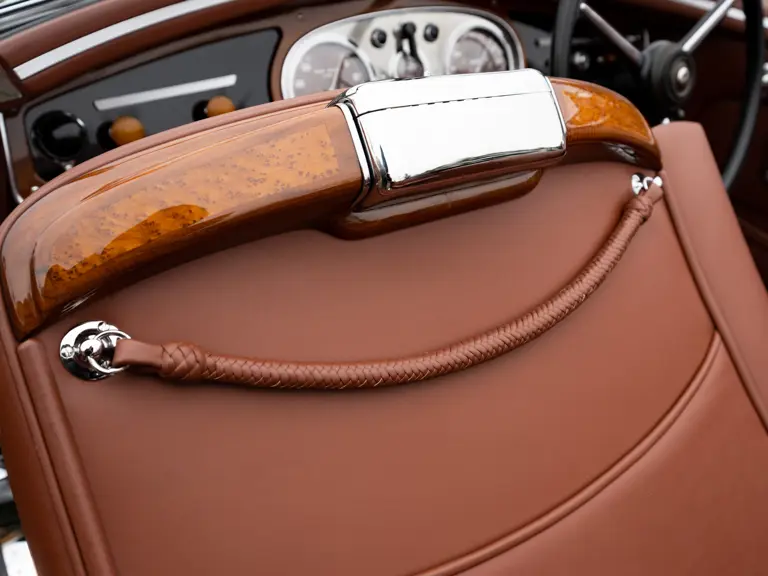
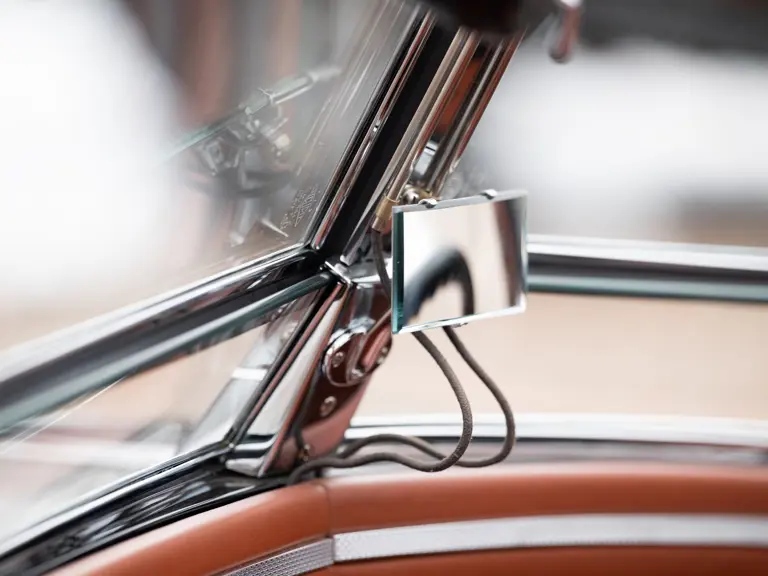
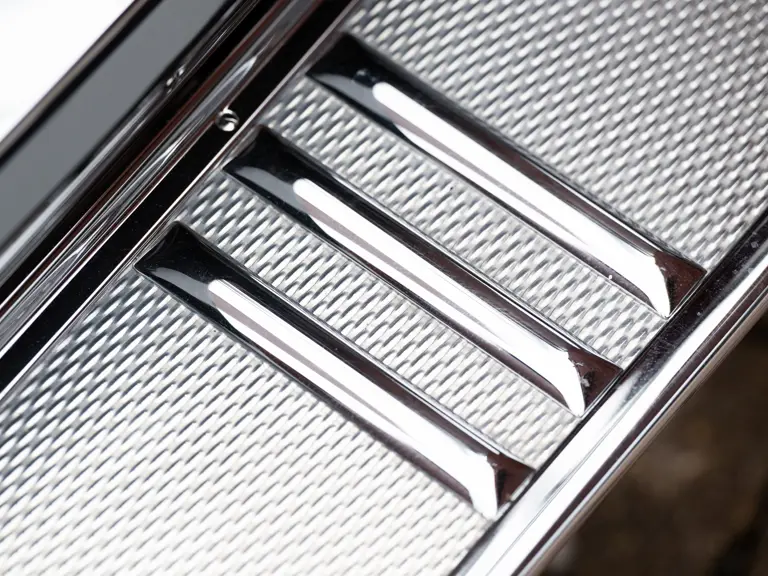
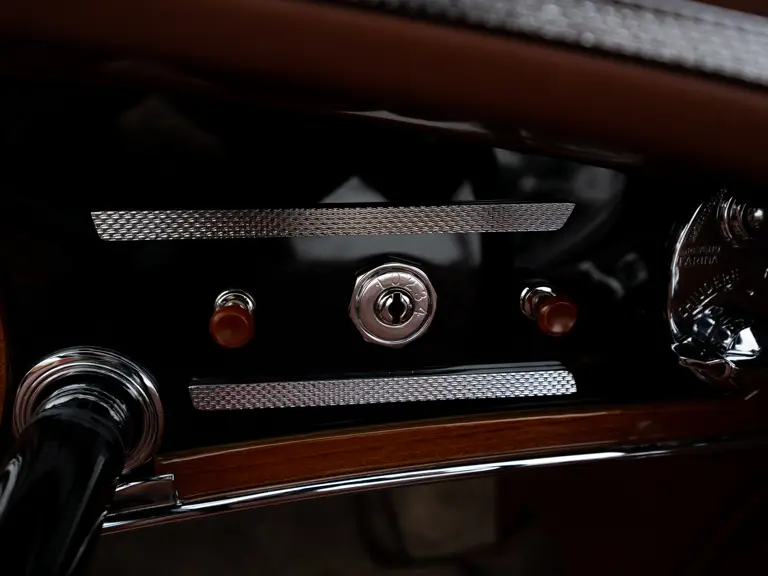


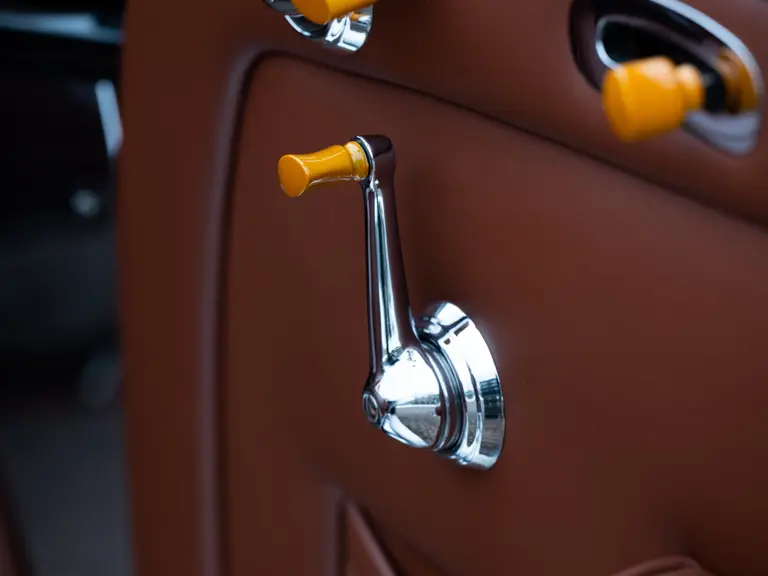
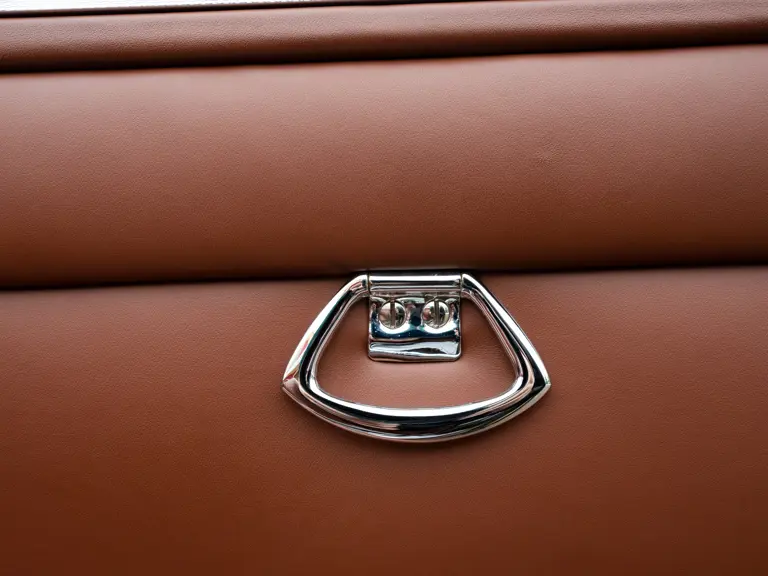
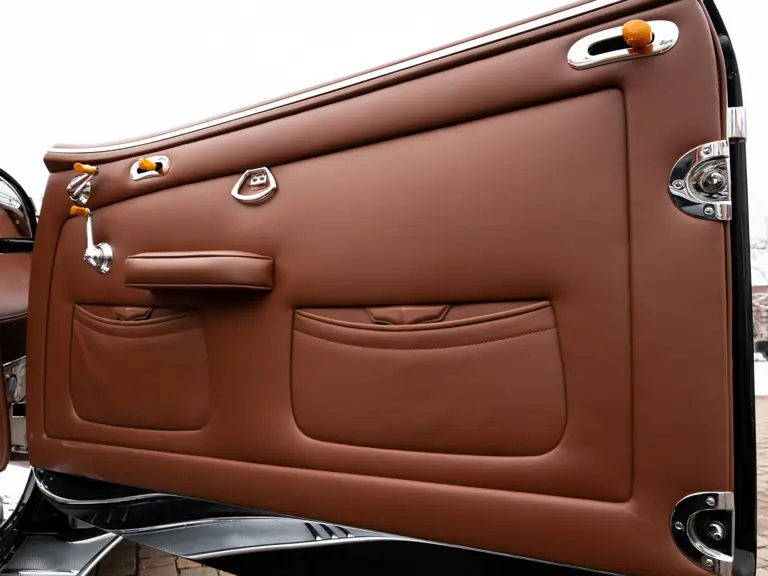
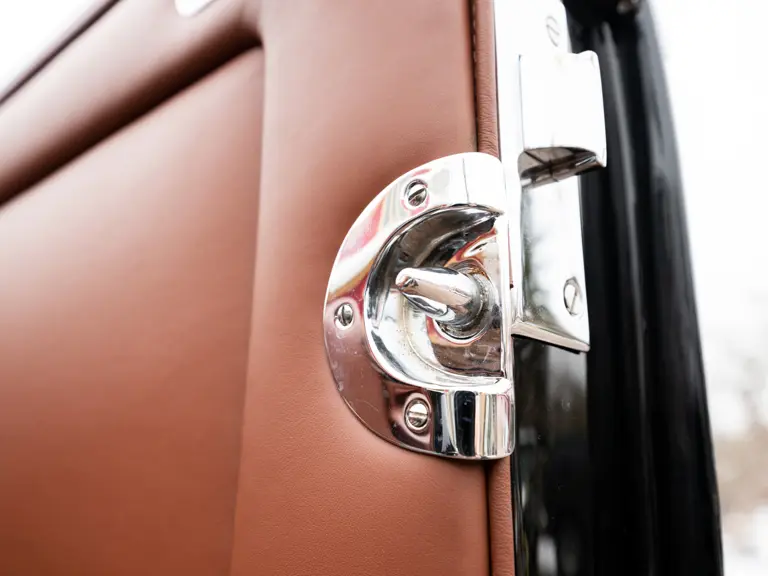
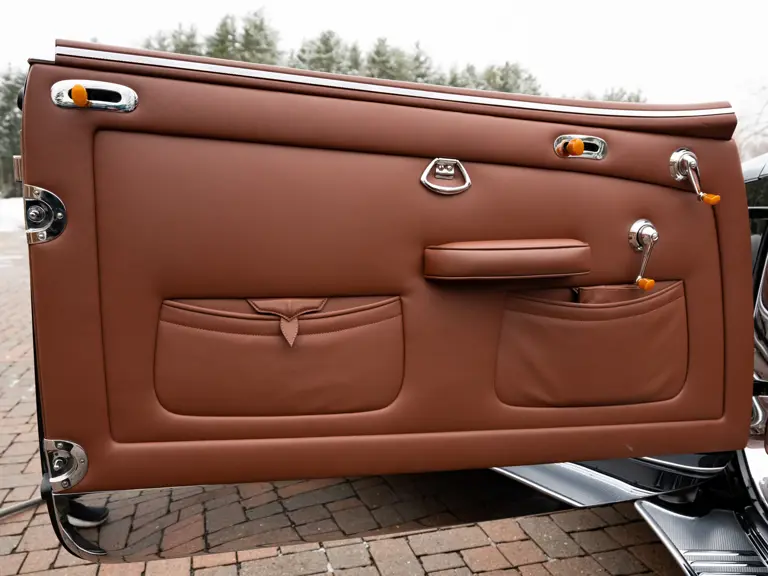

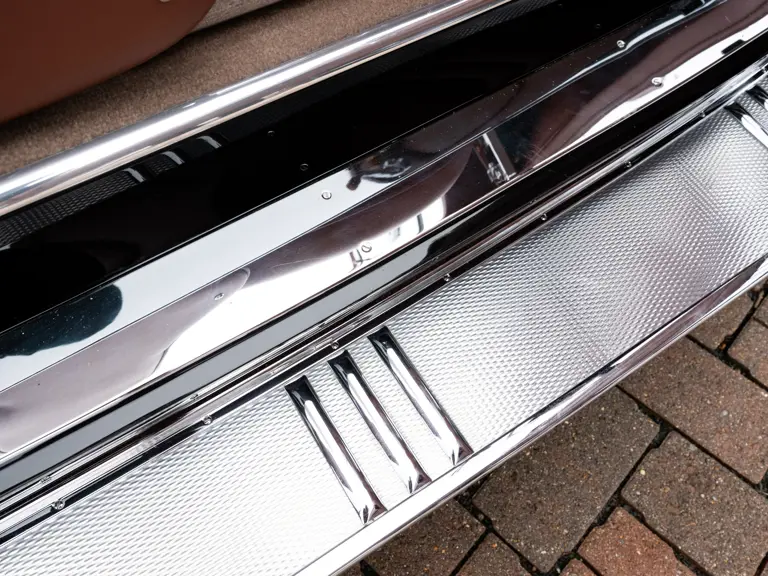
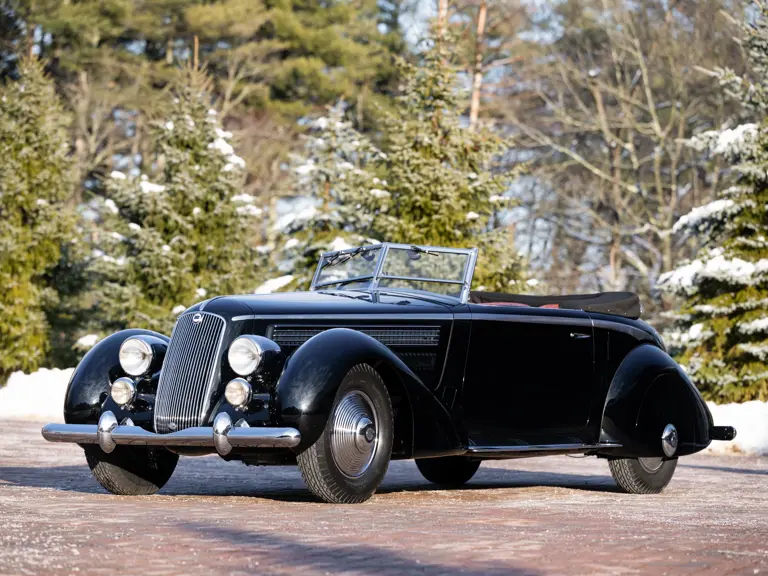
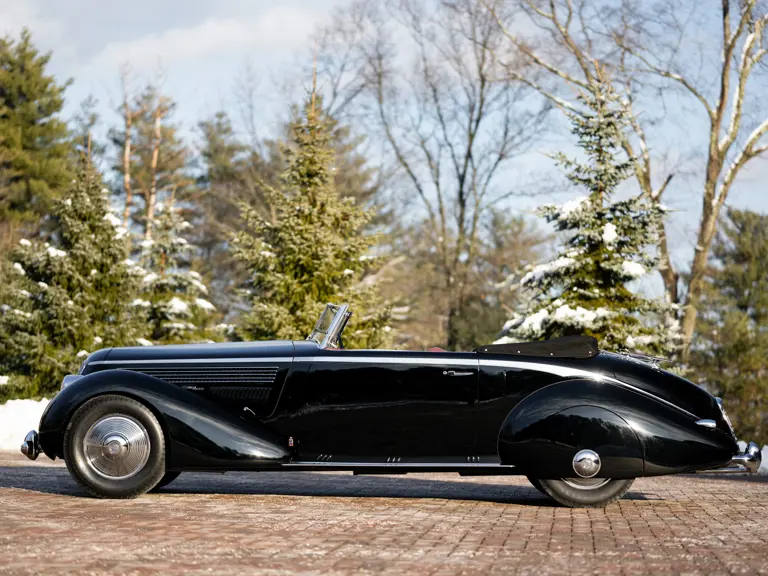

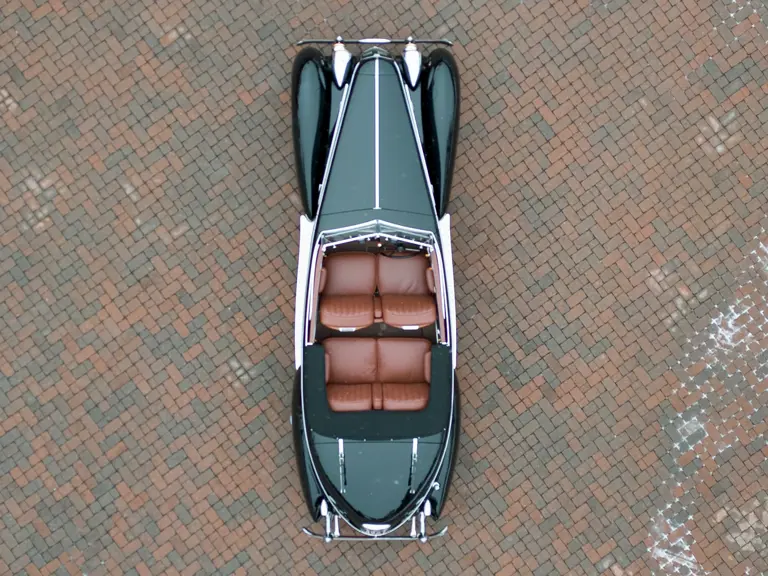
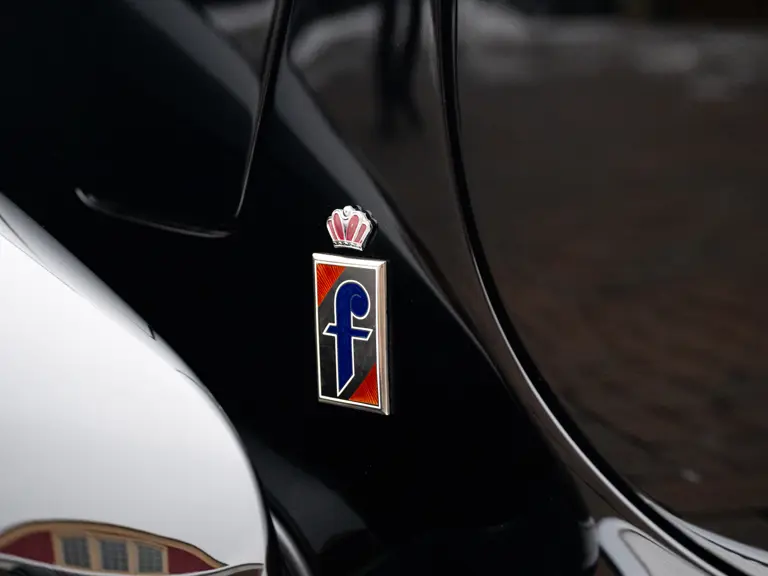
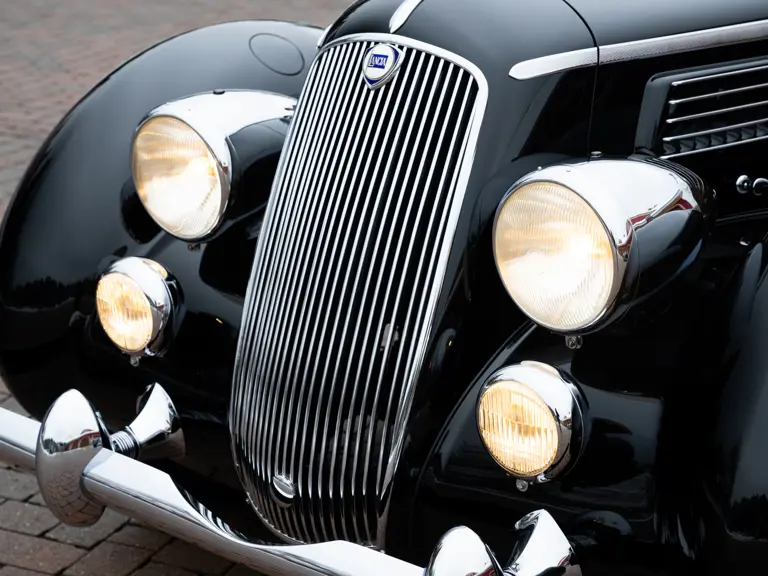
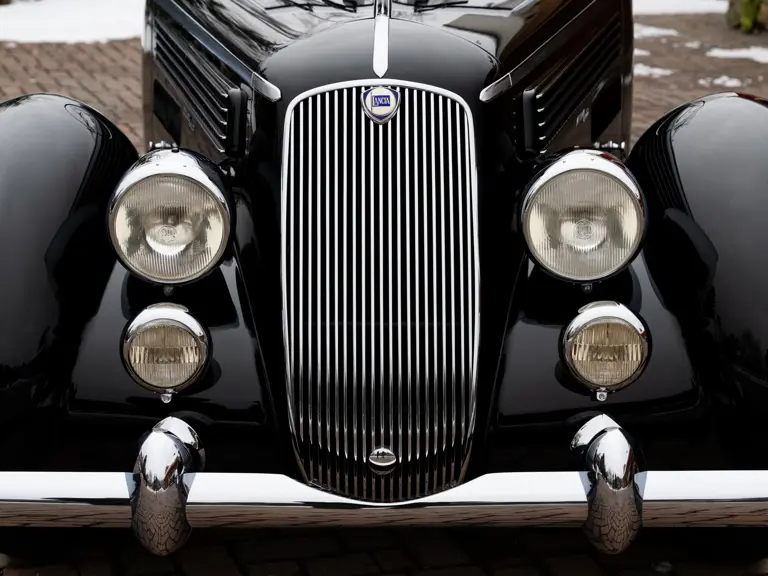



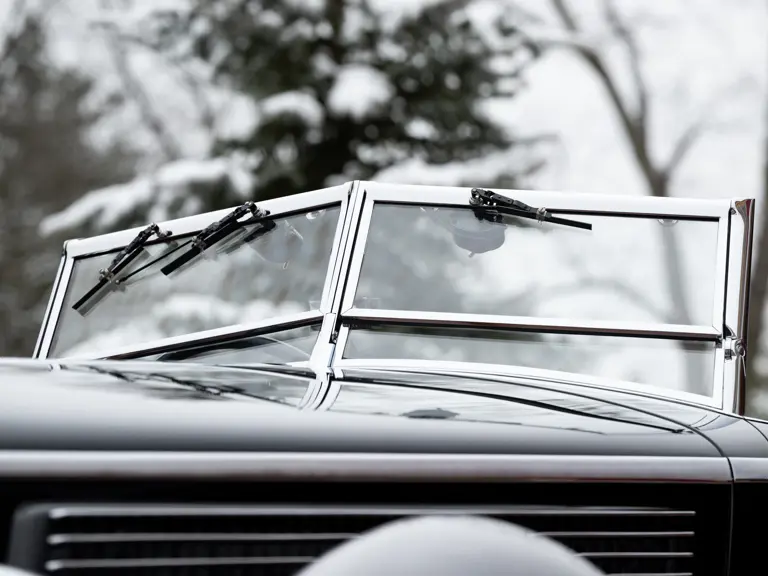
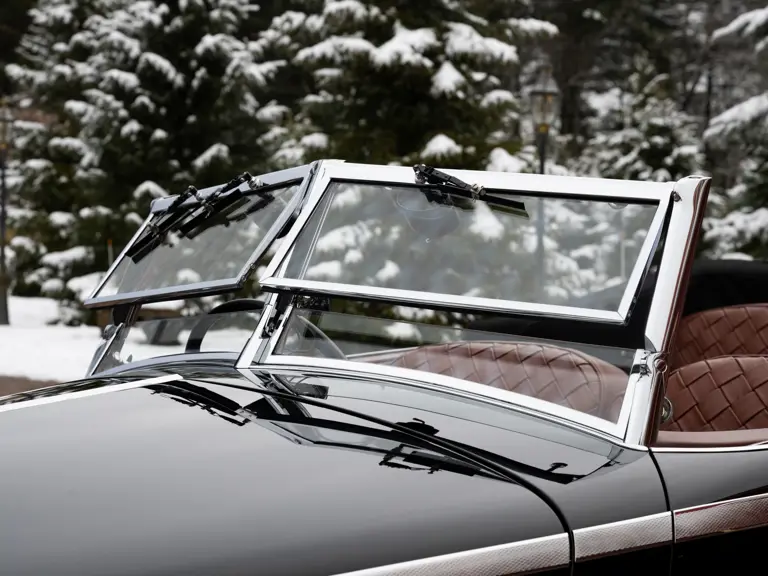
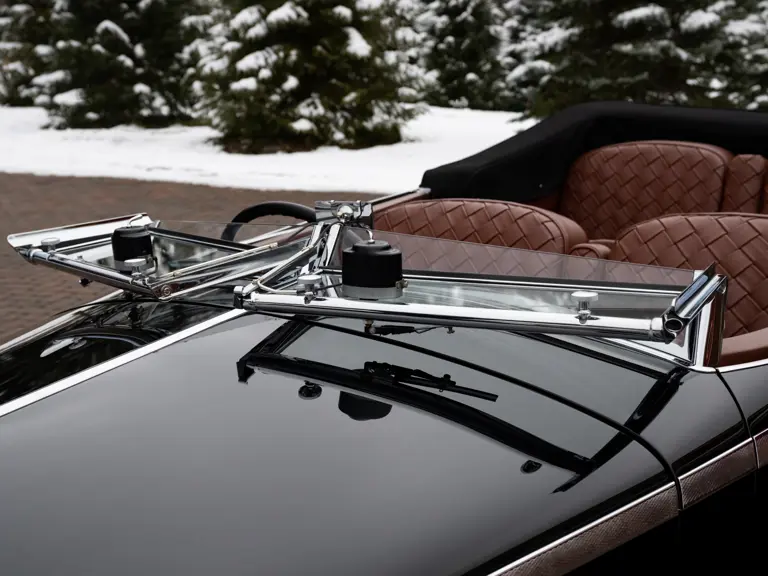

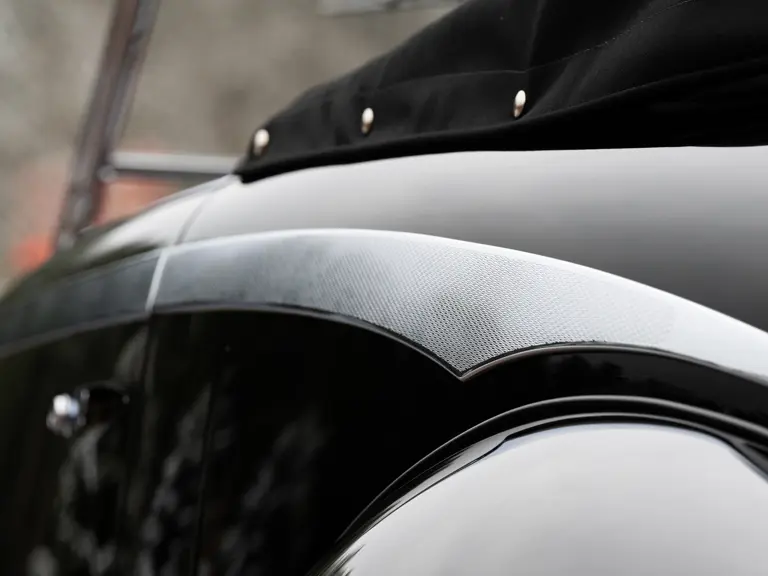
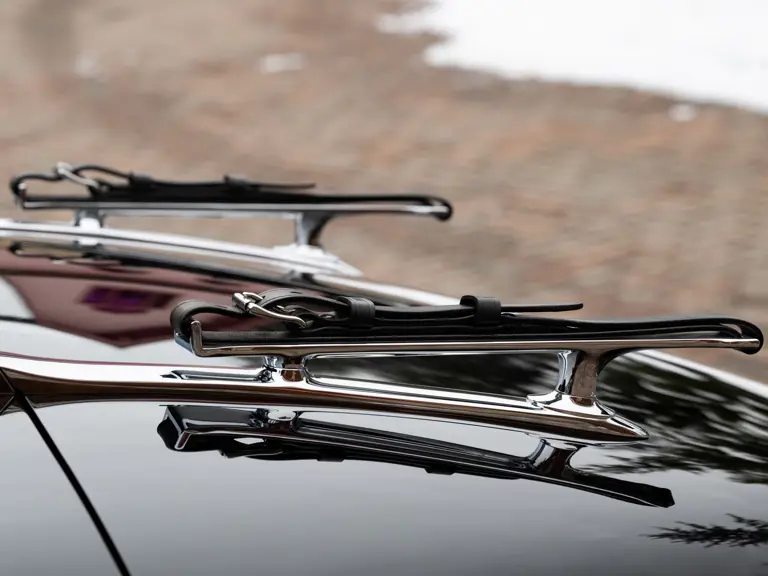
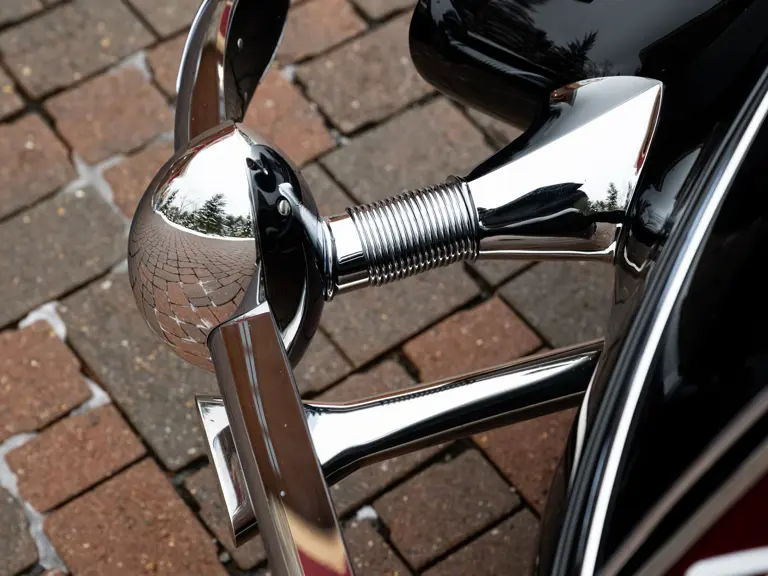
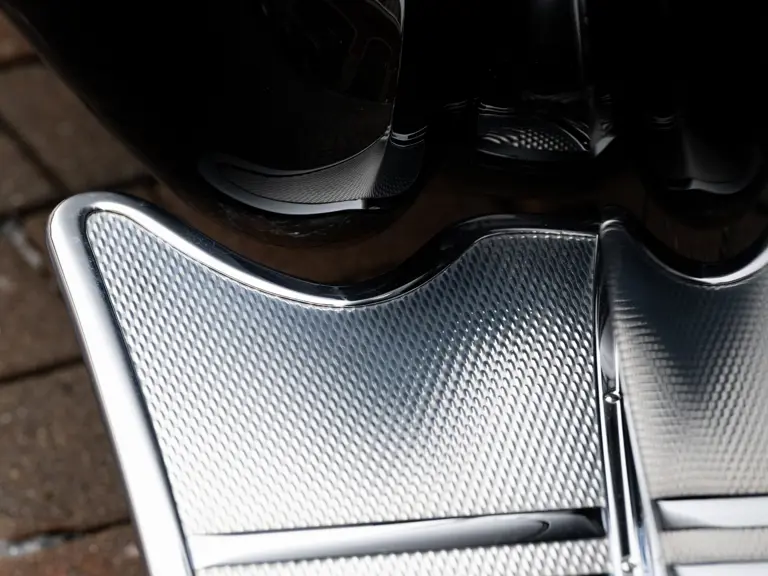
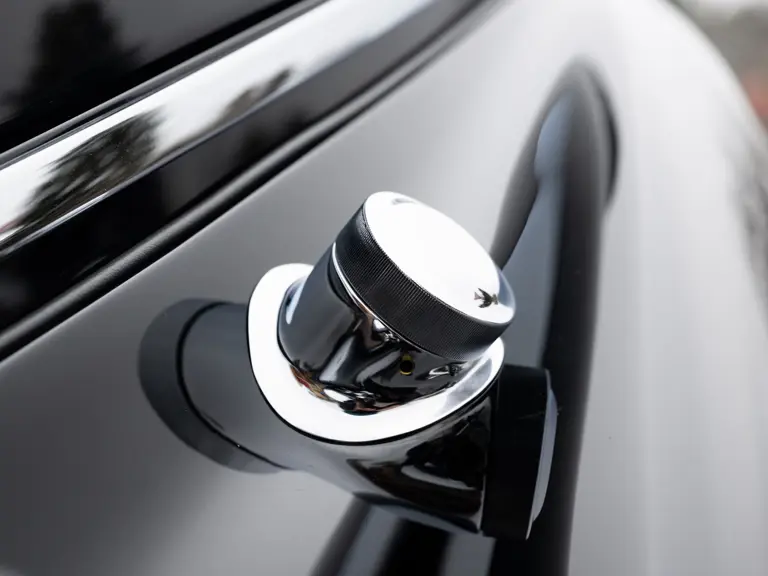


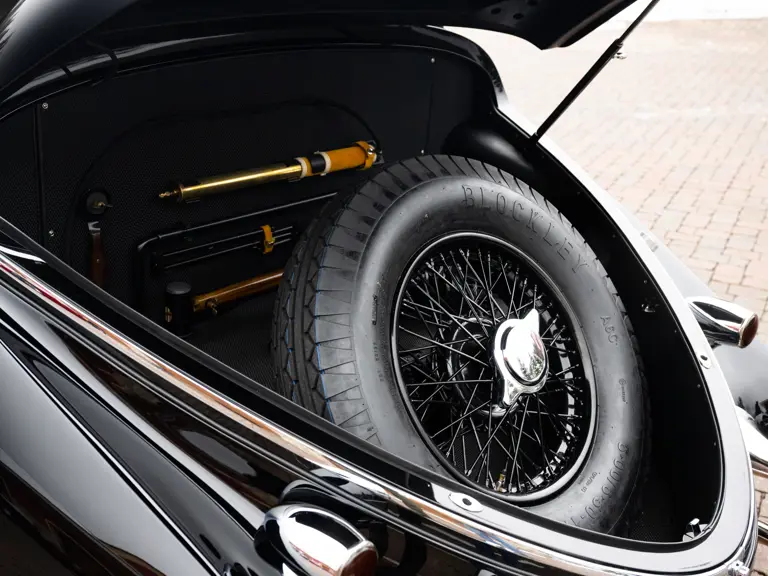
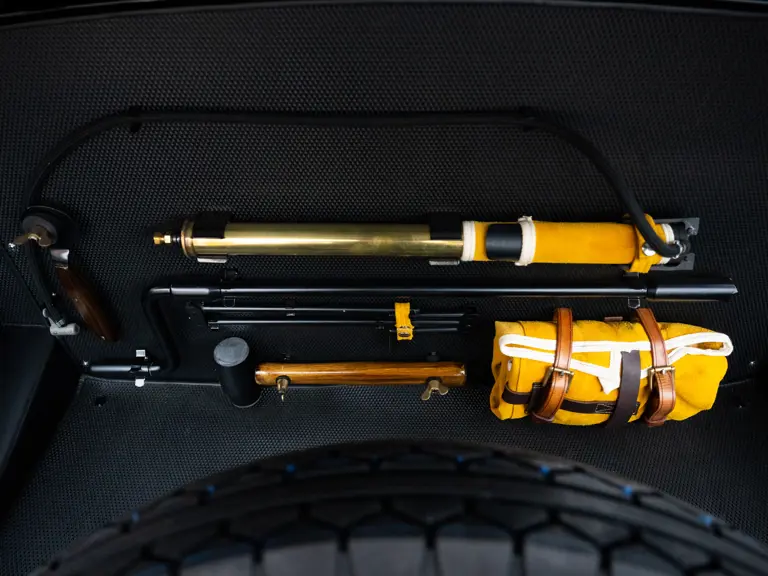
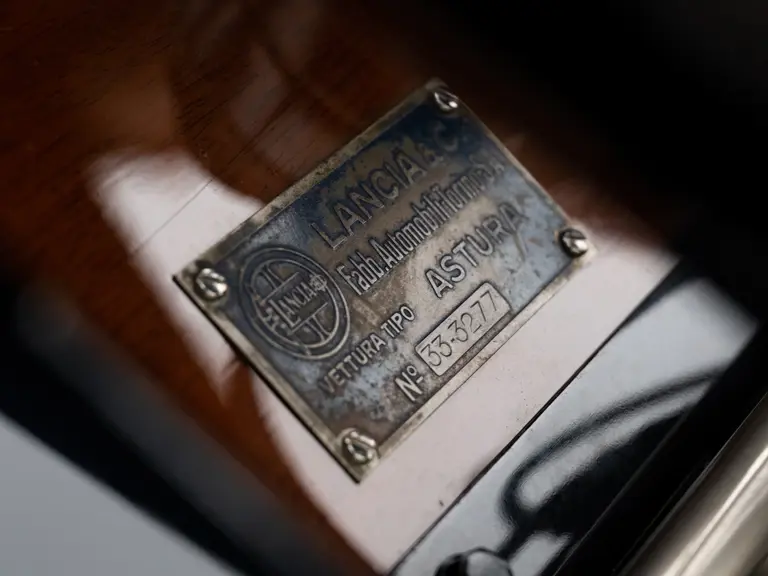
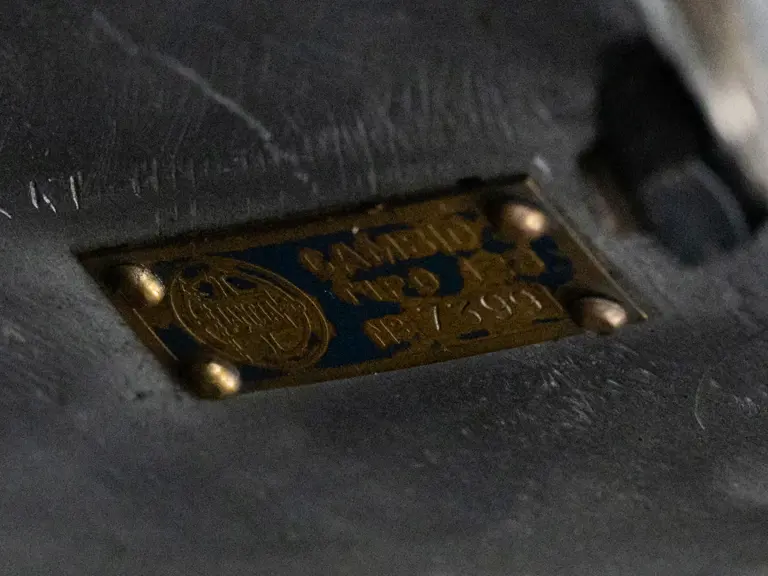
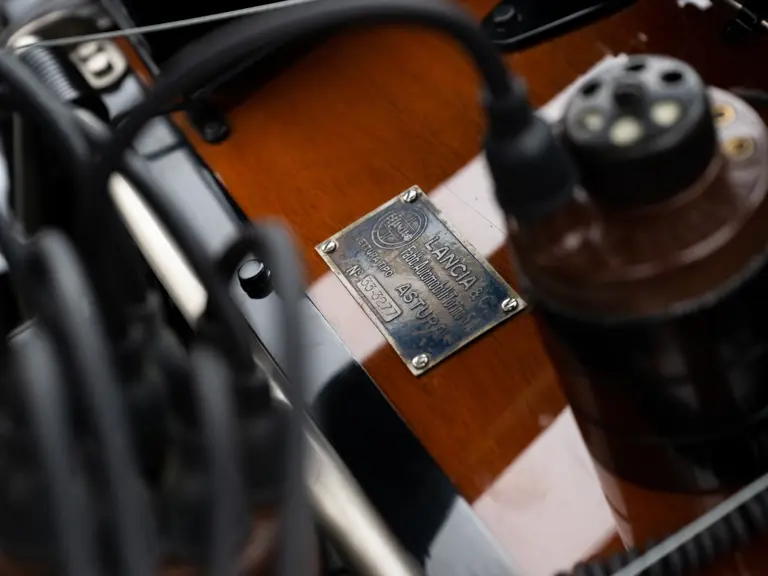
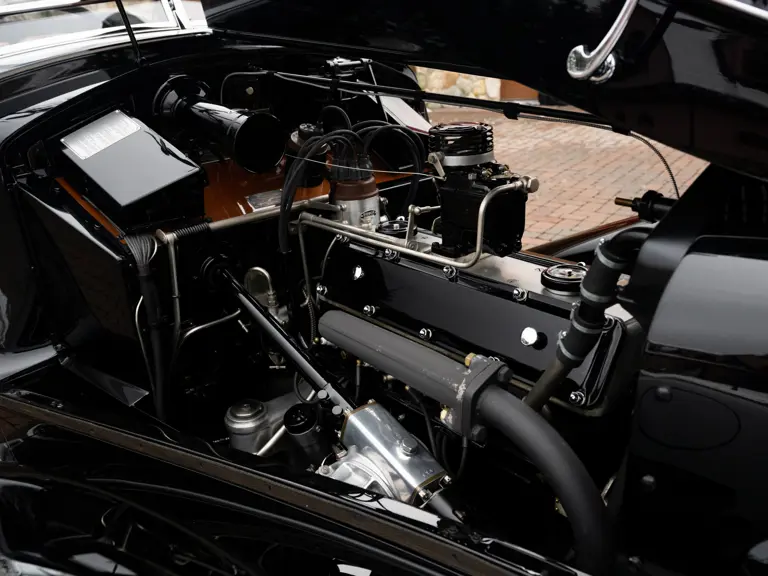

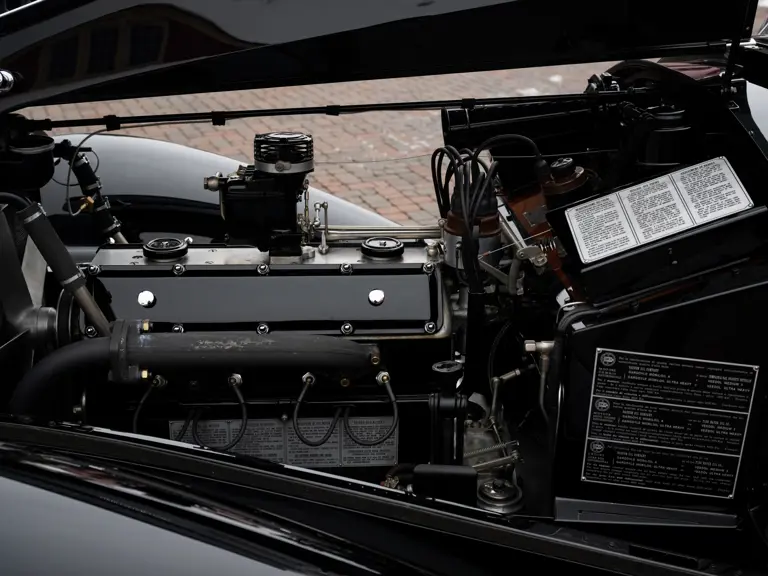
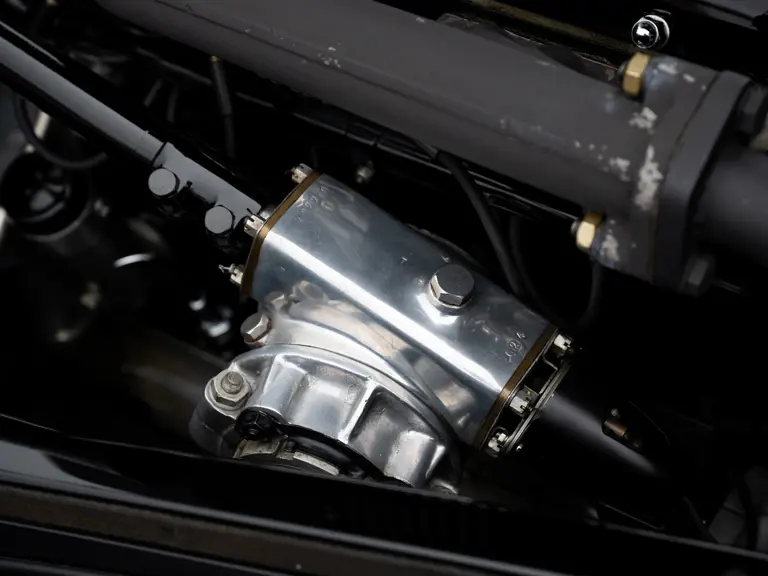
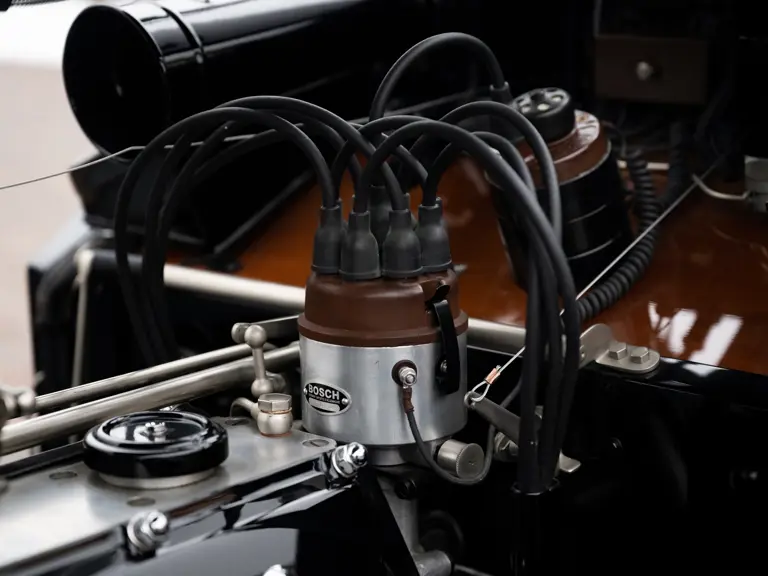
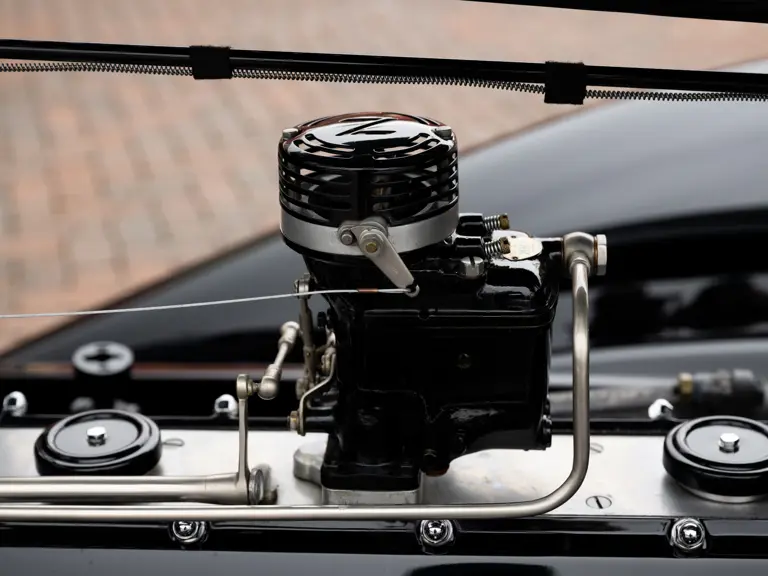

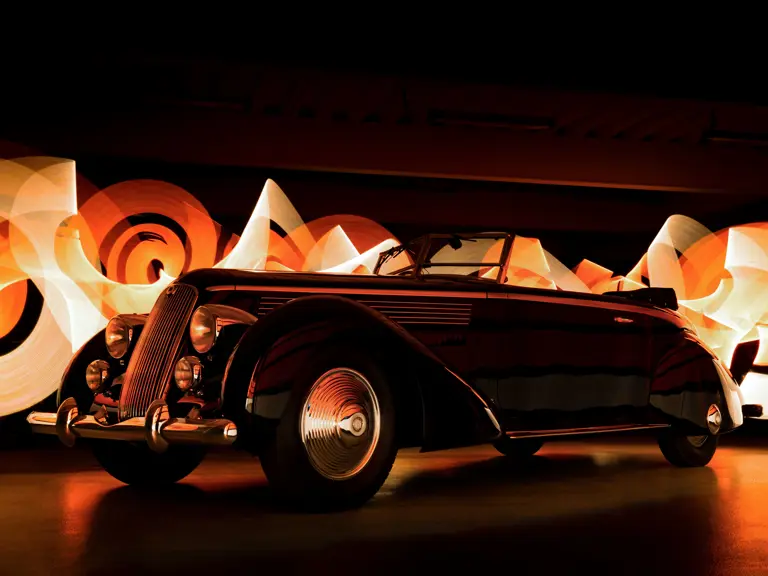
 | Amelia Island, Florida
| Amelia Island, Florida
